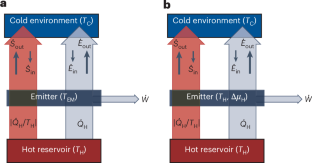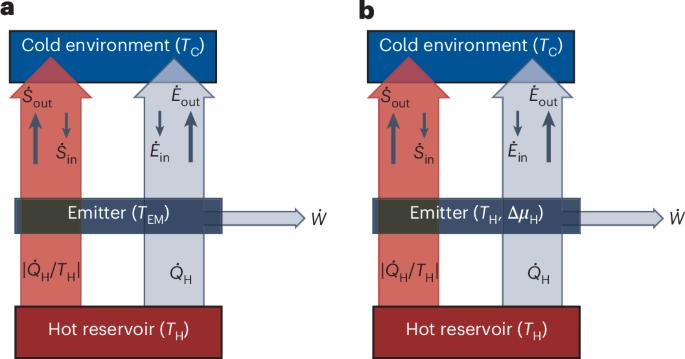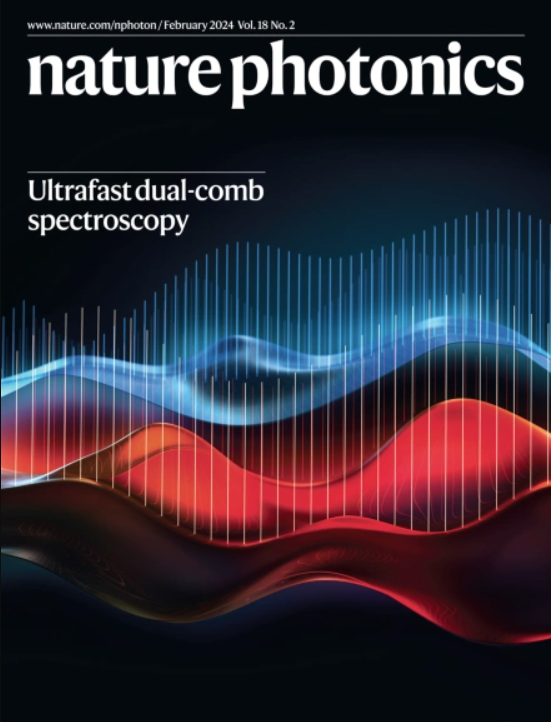Semiconductor thermoradiative power conversion
IF 32.9
1区 物理与天体物理
Q1 OPTICS
引用次数: 0
Abstract
Power can be generated from radiative exchange between two bodies with different temperatures—from the radiative cooling of the Earth’s surface into space, for example. Thermoradiative diodes are low-bandgap optoelectronic devices in which the occupancies of the valence and conduction bands are established through radiative exchange with the external environment. A warm diode viewing cold surroundings will spontaneously develop a reverse electrical bias, which, combined with the recombination current from the radiative imbalance, generates electrical power. Here we review the operating principles of the thermoradiative diode in both the radiative limit and in the presence of non-radiative processes. We discuss some present limitations and opportunities for improved performance together with potential applications such as night-sky power generation and waste-heat recovery. This article reviews the concept of using thermoradiative diodes for power conversion, and discusses potential applications such as night-sky power generation and waste-heat recovery.


半导体热辐射功率转换
两个不同温度的物体之间的辐射交换--例如地球表面向太空的辐射冷却--可以产生能量。热辐射二极管是一种低带隙光电器件,其中价带和导带的占位是通过与外部环境的辐射交换来确定的。热二极管在观察冷环境时会自发产生反向电偏压,再加上辐射不平衡产生的重组电流,从而产生电能。在此,我们回顾了热辐射二极管在辐射极限和非辐射过程中的工作原理。我们讨论了目前的一些局限性和改进性能的机会,以及夜空发电和废热回收等潜在应用。
本文章由计算机程序翻译,如有差异,请以英文原文为准。
求助全文
约1分钟内获得全文
求助全文
来源期刊

Nature Photonics
物理-光学
CiteScore
54.20
自引率
1.70%
发文量
158
审稿时长
12 months
期刊介绍:
Nature Photonics is a monthly journal dedicated to the scientific study and application of light, known as Photonics. It publishes top-quality, peer-reviewed research across all areas of light generation, manipulation, and detection.
The journal encompasses research into the fundamental properties of light and its interactions with matter, as well as the latest developments in optoelectronic devices and emerging photonics applications. Topics covered include lasers, LEDs, imaging, detectors, optoelectronic devices, quantum optics, biophotonics, optical data storage, spectroscopy, fiber optics, solar energy, displays, terahertz technology, nonlinear optics, plasmonics, nanophotonics, and X-rays.
In addition to research papers and review articles summarizing scientific findings in optoelectronics, Nature Photonics also features News and Views pieces and research highlights. It uniquely includes articles on the business aspects of the industry, such as technology commercialization and market analysis, offering a comprehensive perspective on the field.
 求助内容:
求助内容: 应助结果提醒方式:
应助结果提醒方式:


